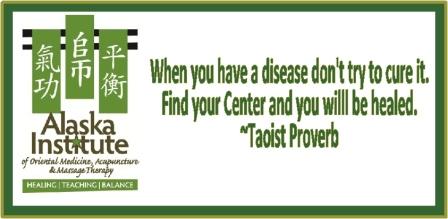Psoriasis affects a large amount of our population, but it’s not only physical. It can affect self-confidence, relationships with others, getting out and doing things, and even contribute to depression. I am one of those people it has affected.
According to Western medicine, Psoriasis is a hereditary, non-contagious, autoimmune overreaction of the skin. It presents usually with thick, white, silvery, or red patches on the skin that may form clusters, along with possible inflammation, itching, and/or flaking scaling on the skin. Basically, skin cells grow about 5 times faster than normal and the old cells build up instead of being shed. In Western medicine, it is not known exactly what causes the immune system to be set off this way. Although, it is widely believed that flare ups can often be associated with an increase in stress and hormonal changes.
Western medicine usually treats Psoriasis with topical treatments, light therapy, and oral and/or injectable medications. Some natural methods may be recommended as well, including herbs, vitamins, natural sunlight, ocean water, bath solutions, natural ointments, and diet changes.
According to traditional Chinese medicine (TCM), Psoriasis is an outward expression of Heat emanating from the deep bone level, associated with the Kidneys, the body’s deepest constitutional level. If Heat is not being cleared sufficiently through urination and deification, it can be pushed upward and cause issues with Lung energy. Therefore, it is also associated with Heat in the Lungs (Metal energy) and, over time, can weaken Lung Qi, energy and the immune system. Also, in TCM, clustering indicates internal Dampness that exudes out to the skin, and is likely related to diet. The Heat creates the redness, itching, and spreading of the condition, and the Dampness produces the clustering sores.
According to TCM, too much Heat can come from emotional trauma, excessive mental stress, smoking, unhealthy diets, environmental toxins, and even excessive exercise and sex.
It is believed in TCM that psoriasis can be brought under control through the use of acupuncture, herbal medicine, essential oils, and diet modifications.
An additional therapy for Psoriasis can be Swedish massage. In the body, it can increase circulation, stimulate the lymphatic system, reduce inflammation, and provide stress relief. Swedish massage includes long strokes, kneading, and soothingly manipulate muscle and connective tissue. The only modification that is recommended for a therapist to make is light, less intense, massage on areas that are red and inflamed, or avoiding the those areas, to meet the client’s comfort level.
Another body treatment that may help is acupressure that uses gentle pressure on the body’s key healing points to assist in opening pathways of flow and release in the body, increase circulation, boost the immune system, and reduce pain and stress.
People with Psoriasis may also want to ask about massage oils that may be used, or ask to bring their own. It’s good to be up front about the Psoriasis when setting up a massage appointment. Therapists should already know that it’s not contagious, but it can’t hurt to mention that as well. It’s good to let therapists know of any body conditions ahead of time before each appointment.
Swedish massage can be incredibly relaxing and provide wonderful relief of stress. Give yourself, or someone you love, the gift of massage. It can help the body, mind, and spirit heal in limitless ways.
Sited sources:
WebMD, Psoriasis Health Center, Articles on Psoriasis including “12 Psoriasis Causes and Risk Factors”, “Psoriasis Treatments”
China Education Center, “Traditional Chinese Treatment for Psoriasis”
A Center for Natural Healing,“Is your skin driving you mad? A classical Chinese medicine perspective on psoriasis and eczema”, May 11, 2017, by Salvador Cefula, M. S., L. Ac.
National Psoriasis Foundation, “Alternative Therapies”, www.psoriasis.org
Everyday Health, “Massage for Psoriasis: Is It Safe?”, by Beth W. Orenstein, Medically reviewed by Sanjai Sinha, MD, March 15, 2017




